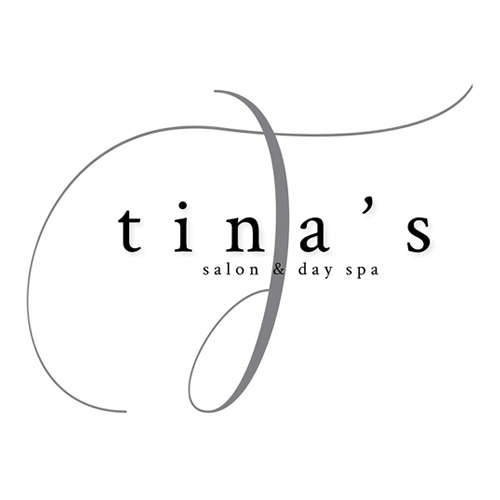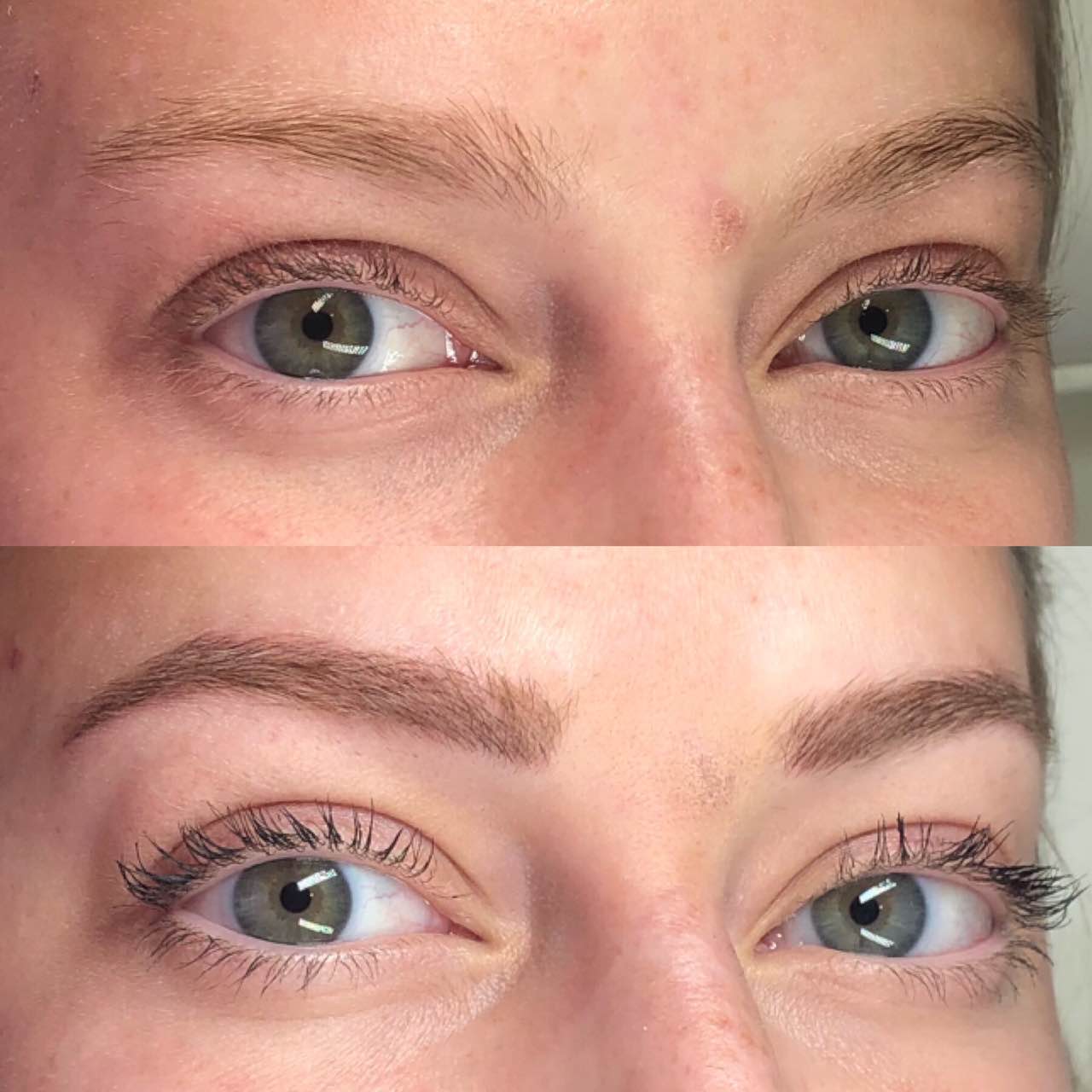Microblading ... what is it? Is it for you?
Are you here because you fill your brows in every day? You are probably over it, and you're officially considering microblading, the semi-permanent form of brow tattooing. But if the idea of microblading scares you too much to try it (there's something about permanent makeup that feels so…permanent), don't psych yourself out. Not only does process hurt way less than you think, but the results don't actually last forever—which is great news if you're on the fence.
Hopefully the information below will help answer every question you might have about microblading. Keep scrolling to find out more!
Manual microblading is a process that involves tiny, fine-point needles (instead of a tattoo gun) that make up a small disposable blade and handle to scratch and deposit pigment simultaneously under your skin. The result? Realistic-looking brow hairs that don't wash off.
Is microblading a tattoo?
Yes, but also, no. Unlike tattoos that last forever, microblading is a form of semi-permanent tattooing. For microblading, a hand tool is used that creates thinner, more precise, hairlike strokes that aren’t as deeply ingrained into the skin (compared to, say, hairlike strokes created by a tattoo gun). The pigment also differs from that of a tattoo because (1) it’s only semi-permanent, which means your body eventually ends up metabolizing it so it fades away, and (2) the dye particles are less concentrated in microblading ink than in the ink of a traditional tattoo.
How long does microblading last?
Microblading usually lasts 1-3 years depending on your skin type (oilier skin types tend to fade the fastest), but, clients should come back after four weeks for a touch-up and to check-in to make sure they're happy with the end result. After those first four weeks, you typically won't need a touch-up for 12 months or longer.
Microblading aftercare
If and when you do decide to get your brows done, this part is super important: For a week after your appointment, do not get your brows wet or sweaty. And if you do absolutely need to work out, we highly recommend covering them with ointment first to protect the pigment and keep the cuts clean and bacteria-free. We recommend you use an antibacterial ointment on your brows for the first 24 hours, and then a Vaseline-like ointment for a week. No picking of any scabs that form from the tiny cuts, and avoid using any acids or retinoids while they heal, since they could fade the pigments.


Share On: